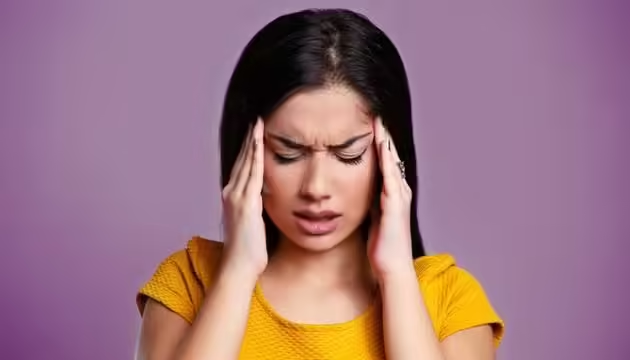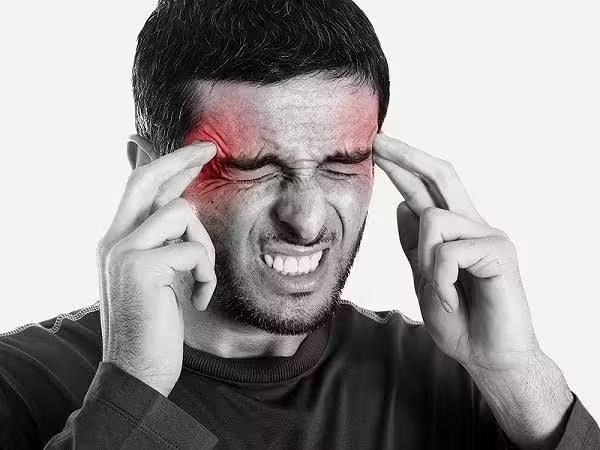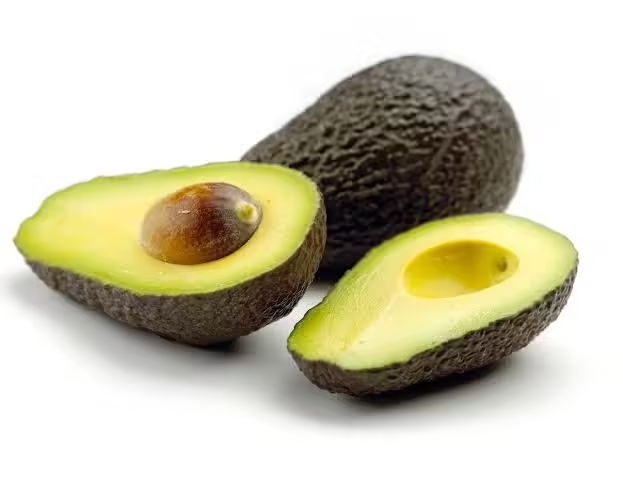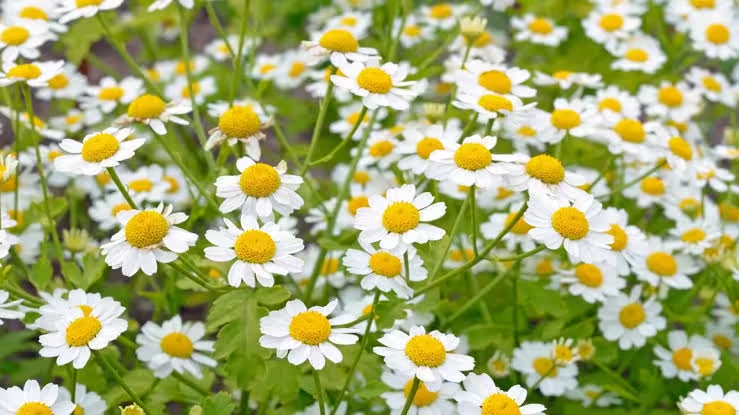Home Remedies for Migraine That Really Work
Table of Contents
Migraine is debilitating. The simplest thing may become a painful ritual. Prescription medications often give relief to many sufferers, but at what cost? Fortunately, here are tried-and-true home remedies that can help you alleviate the migraine symptoms without all those harmful side effects. This article walks through some of the most tried methods that can help you manage and reduce migraine pain.

What is a Migraine?
Migraine Disease A migraine is a neurological disorder that creates intense, throbbing headaches accompanied by nausea, vomiting, and photosensitivity and phonosensitivity. Migraines might last for only a few hours or for days, and it is usually a life-altering condition. Common Triggers Migraines can be prevented with the identification of and avoiding certain triggers. Common triggers include stress, particular foods, hormonal shifts, lack of sleep, and environmental factors such as bright lights or strong smells.
Home Remedies to Treat the Headache H2: Cold Compress Apply a cold compress to your forehead, and the migraine pain will start to disappear. It is achieved by the cold temperature that reduces the diameter of blood vessels, which contributes to inflammation; therefore, it gives immediate relief. You can use a cold pack or a bag of frozen vegetables; you may also use a cold cloth.

Essential Oils
Some of the essential oils include peppermint and lavender. Researches on these oils have proven that they are quite helpful in alleviating the characteristics of a migraine attack. Applying peppermint oil to the temples and forehead helps to relax the muscles and alleviate pain. Dilation and inhalation of lavender oil work to diminish the stress factors and help to relax.

Essential Oil Usage
Peppermint Oil: Take it orally by mixing peppermint oil with a carrier oil, apply it to your temples and forehead.
Lavender Oil: Direct inhaling from the bottle, using a diffuser, or topical application from diluted oil.

Lifestyle Changes
Hydration
Drinking water is probably one of the most common migraine precipitants. In some ways, having adequate fluid intake throughout the day may ward off the headache. It is recommended to drink at least eight glasses of water daily; however, some people would require drinking more water because of their activities or climate.

Magnesium-Rich Foods
Magnesium deficiency is linked to migraine. Including magnesium-rich food products in your diet, such as spinach, almonds, and avocado, will also help reduce the frequency and severity of your migraine attacks.

Supplements
If you can’t increase your magnesium intake to the recommended amounts through dietary means, consider magnesium supplements. For any supplement you wish to add to your daily routine, consult your health practitioner first for their views.

Herbal Remedies
Feverfew
One traditional treatment for migraine use is the herb called feverfew. This may decrease the impact of inflammation while also inhibiting blood vessels’ dilation, which tends to cause a migraine attack. Feverfew can be taken as a form of tea or supplement.

Butterbur
Another herb used for alleviation during migraine attacks is Butterbur. It normalizes blood flow to the brain and thus reduces the number of migraine attacks. Supplements of Butterbur are available, but make sure they contain PA-free levels since it contains a carcinogenic alkaloid called pyrrolizidine.

Dosage and Use
Feverfew: Take according to the direction given on the supplement or use 1-2 tsp of dried leaves and make tea.
Butterbur: A conventional dose is 50-75 mg of a PA-free extract taken twice a day.
Lifestyle Interventions
Exercise
Exercise Engage in regular physical activity to reduce the frequency and severity of attacks. Exercise decreases stress levels, as well as supports good sleep, both of which are beneficial for managing migraines. Focus on performing at least 30 minutes of moderate physical activity most days of the week.

Sleep
Migraines are sometimes caused by sleep deprivation or improper sleeping patterns. Attempt to create a sleeping routine by retiring and waking up at the same time everyday, including weekends. Create a sleep schedule to ensure that you have quality sleep.
Sleep Hygiene
Avoid reading from your phones or watching movies from your tablet or computers at least an hour before sleeping.
Make sure your bedroom is kept cool, dim, and tranquil.
Exercise proper caution to avoid overeating, especially heavy meals at bedtime.

Stress Management
Mindfulness and Meditation
It also helps to reduce stress, which is the common cause of most migraines. Mindfulness keeps one balanced and calm, while meditation works to relax a person’s mind and body.
Yoga
This technique integrates the use of asanas, breathing exercise, and meditation to help reduce stress and tension that can cause or trigger a migraine. Yoga can also improve the management of your migraine symptoms.
Simple Yoga Poses to Help Manage Migraine
It may seem too simple, but some of the simplest yoga poses will help take off the migraine stress.
Child’s Pose: It will relax the muscles at the back and neck.
Cat-Cow Pose: This stretches the body and spreads the tension.
Legs Up the Wall Pose: It calms the lower back and legs.

Alternative Therapies
Acupuncture
Acupuncture is traced to ancient Chinese times. It is a procedure that involves sticking the thin needles into points in the body. This can be used for migraine relief, probably because this is a changed lifestyle that prevents the frequency and severity of such attacks from increasing.
Biofeedback
Biofeedback is the training on how you can learn to regulate your physiological processes, such as heart rate and muscle tension, through relaxation and mental techniques. This may assist you in lowering your stress levels and preventing migraine attacks.
Getting Started
Acupuncture: Find a licensed practitioner and begin.
Biofeedback: Find a qualified therapist who will teach you biofeedback therapy or purchase home equipment.
How to Take Care of Your Migraine Everyday
Maintaining a Diary of Your Migraine
Keeping a record of your migraines can help you identify patterns and triggers. It can be vital to note the date, the time of onset, duration, severity, and anything that may be a possible trigger for each episode. This record may be very useful in explaining management of your condition and discussing it with your healthcare provider.
Setting up a Soothing Environment
Retreat to a quiet, dark room when a migraine starts. Blacking out curtains, noise-cancelling headphones or earplugs can settle the space. Cold compresses or essential oils can be used.

Decrease Screen Time
Long screen time triggers or exacerbates migraines. Get off screens and heed the 20-20-20 rule: view something 20 feet away every 20 minutes for 20 seconds.
Conclusion
Migraines are such a complex debilitating illness, but there are plenty of home remedies that help induce relief. Here you’ll find techniques of natural pain relief, dietary adjustments, lifestyle changes, and even alternative therapies that range from prevention to treatment methods for migraines. All these can help to really reduce the frequency and intensity of your migraines and therefore contribute so well to enhancing the quality of your life.
Can home remedies completely and fully cure migraines? Home remedies would help control as well as reduce migraine symptoms; however, home remedies can never completely or fully cure the migraine disorder. One should consult a healthcare provider for an overall treatment plan.
FAQs
How long does it take for home remedies to work on migraines?
There are very different home remedies used by people for relieving migraine conditions; however, their effectiveness and speed vary from one individual to another. Some may come out productive to the user immediately after use while others will only show its benefits when used over time.
Are there any side effects to using essential oils for migraines?
Side effects of using essential oils for migraines Essential oils are safe. However, some can cause allergic reaction or skin irritation on some people. You need always to mix with a carrier oil upon applying to your skin and first do a patch test.
Can dietary changes alone prevent migraines?
Changes in diet alone: Changes in diet can definitely help one reduce the frequency of migraines, but these will be more effective if combined with other modifications and remedies in lifestyle. A critical point to be kept in mind is to identify and avoid some specific food triggers.
Is it safe to use herbal remedies like feverfew and butterbur for migraines?
However, are herbal alternatives like feverfew and butterbur safe to use? It is true that some herbals, like feverfew and butterbur, have been proven effective in managing migraines; however, these must be taken under the surveillance of a medical professional.



